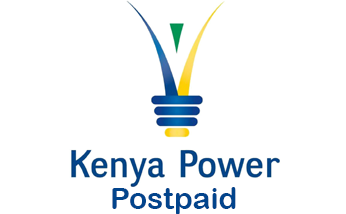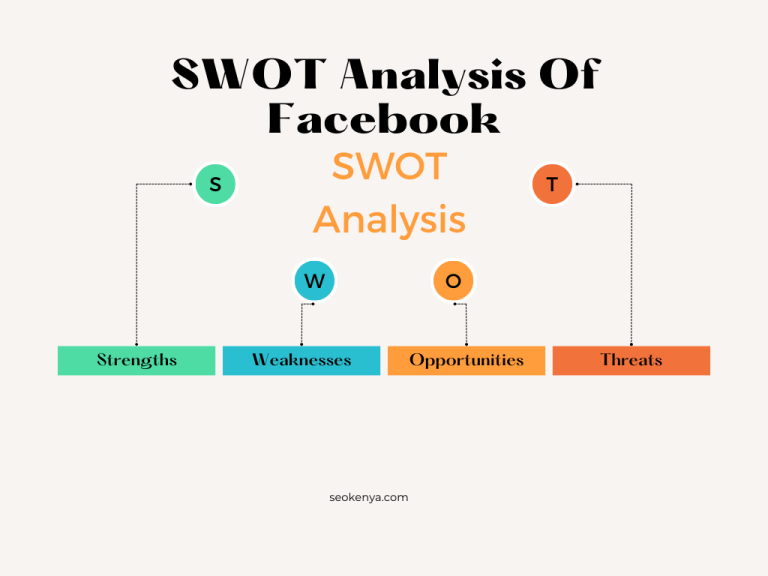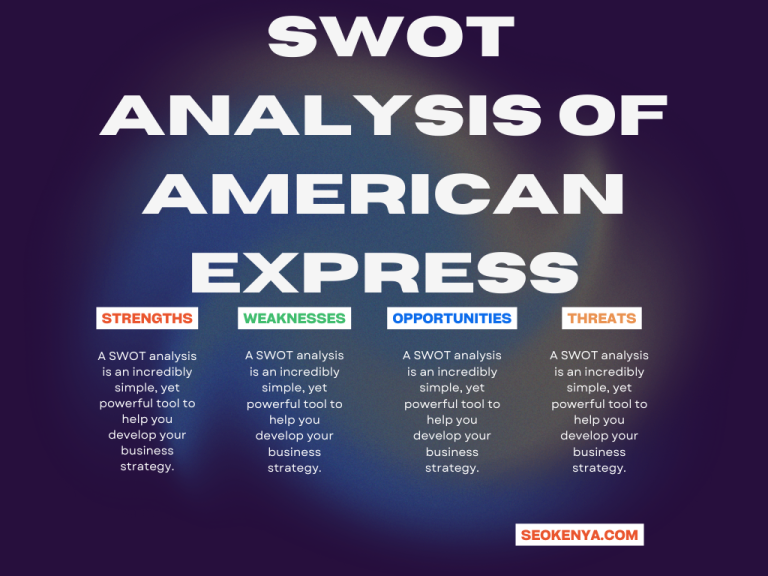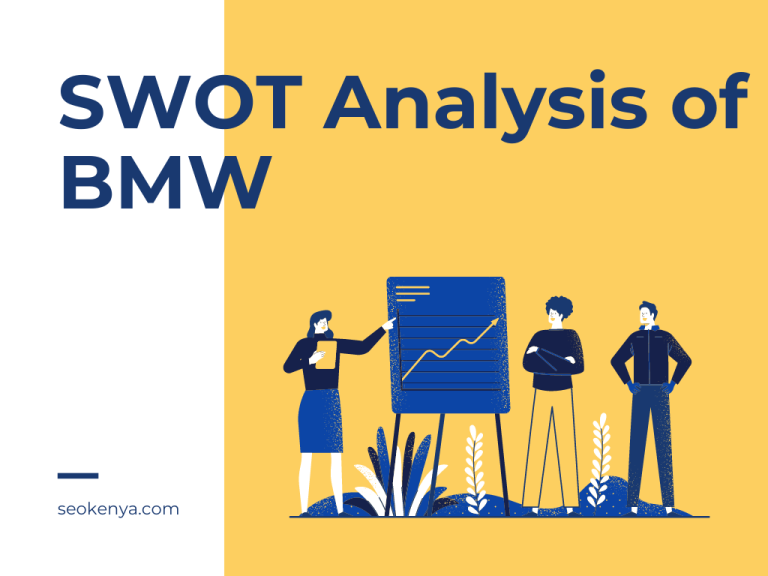In-Depth SWOT Analysis Of Kenya Power
Kenya Power Limited is the electric power utility company in Kenya that is responsible for generating, transmitting, and distributing electricity to homes, commercial, and industrial customers.
Kenya Power SWOT analysis refers to the assessment of the strengths, weaknesses, opportunities, and threats of the Kenya Power industry.
The analysis includes evaluating the internal capabilities of the company, the external factors affecting the industry, and identifying opportunities for growth and improvement.
Here’s an overview of Kenya Power in a table:
| ATTRIBUTE | DESCRIPTION |
| Company Name | The Kenya Power and Lighting Company Limited (KPLC) |
| Legal Structure | Public Limited Company |
| Ownership | Government of Kenya (50.1% ownership), Private investors (49.9%) |
| Business Activities | Transmission, Distribution, and Retail of Electricity |
| Service Area | Nationwide coverage across Kenya |
| Customer Base | Over 7 million customers (as of 2022) |
| Employees | Approximately 10,000 (as of 2022) |
| Installed Capacity | 2,818 MW (as of 2021) |
| Transmission Network | 26,888 km of transmission lines (as of 2021) |
| Distribution Network | 222,873 km of distribution lines (as of 2021) |
| Energy Sources | Hydropower (28%), Thermal (36%), Geothermal (28%), Wind (8%) |
| Revenue | Kshs. 144.2 billion (USD 1.2 billion) in 2021/22 Financial Year |
| Net Income | Kshs. 1.6 billion (USD 13.4 million) in 2021/22 Financial Year |
| Challenges | High system losses, aging infrastructure, over-reliance on hydropower, high electricity costs |
| Opportunities | Investment in renewable energy, infrastructure upgrades, regional power trade |
This table provides an overview of Kenya Power’s corporate structure, operations, infrastructure, financial performance, energy mix, and key challenges and opportunities.

SWOT Analysis Of Kenya Power
Here is an in-depth SWOT analysis of Kenya Power, the main electric utility company in Kenya:
Strengths of Kenya Power:
– Monopoly position as the sole distributor of electricity in Kenya, giving it a large and captive customer base.
– Government-owned and backed by the Kenyan state, providing financial stability and access to funding.
– Well-established transmission and distribution infrastructure across the country.
– Extensive experience and technical know-how accumulated over decades of operations.
– Large customer base including residential, commercial, and industrial clients.
Weaknesses of Kenya Power:
– Aging and inefficient infrastructure leading to high transmission losses and frequent outages.
– Over-reliance on hydroelectric and fossil fuel-based power sources, which can be impacted by drought and global fuel prices.
– High operating costs, in part due to infrastructure inefficiencies.
– Vulnerability to political interference as a state-owned entity.
– Poor customer service reputation among many consumers.
– High electricity costs which deter businesses and hinder economic growth.
Opportunities of Kenya Power:
– Potential to invest in renewable energy sources like geothermal, wind, and solar to diversify the energy mix and reduce reliance on hydroelectric and fossil fuels.
– Upgrade and modernize the transmission and distribution networks to improve efficiency and reliability.
– Implement smart grid technologies to better manage demand and reduce losses.
– Improve customer service and billing systems to enhance consumer satisfaction.
– Explore regional power sharing and trade opportunities with neighboring countries.
– Benefit from economic growth and industrialization driving increased energy demand in Kenya.
Threats of Kenya Power:
– Increasing competition from private electricity producers and distributed renewable energy sources.
– Impact of prolonged droughts reducing hydroelectric generation capacity.
– Fluctuations in global fossil fuel prices affecting operating costs.
– Challenges in obtaining funding for major infrastructure upgrades and expansion projects.
– Public resistance to frequent electricity price increases needed to fund improvements.
– Political and regulatory uncertainty that could impact operations and policies.
This SWOT analysis highlights that while Kenya Power enjoys a monopolistic position and government backing, it faces significant challenges related to aging infrastructure, over-reliance on certain power sources, high costs, and customer service issues.
The opportunities lie in modernizing and diversifying its systems and energy mix while managing external threats from competition, climate impacts, and economic factors.



